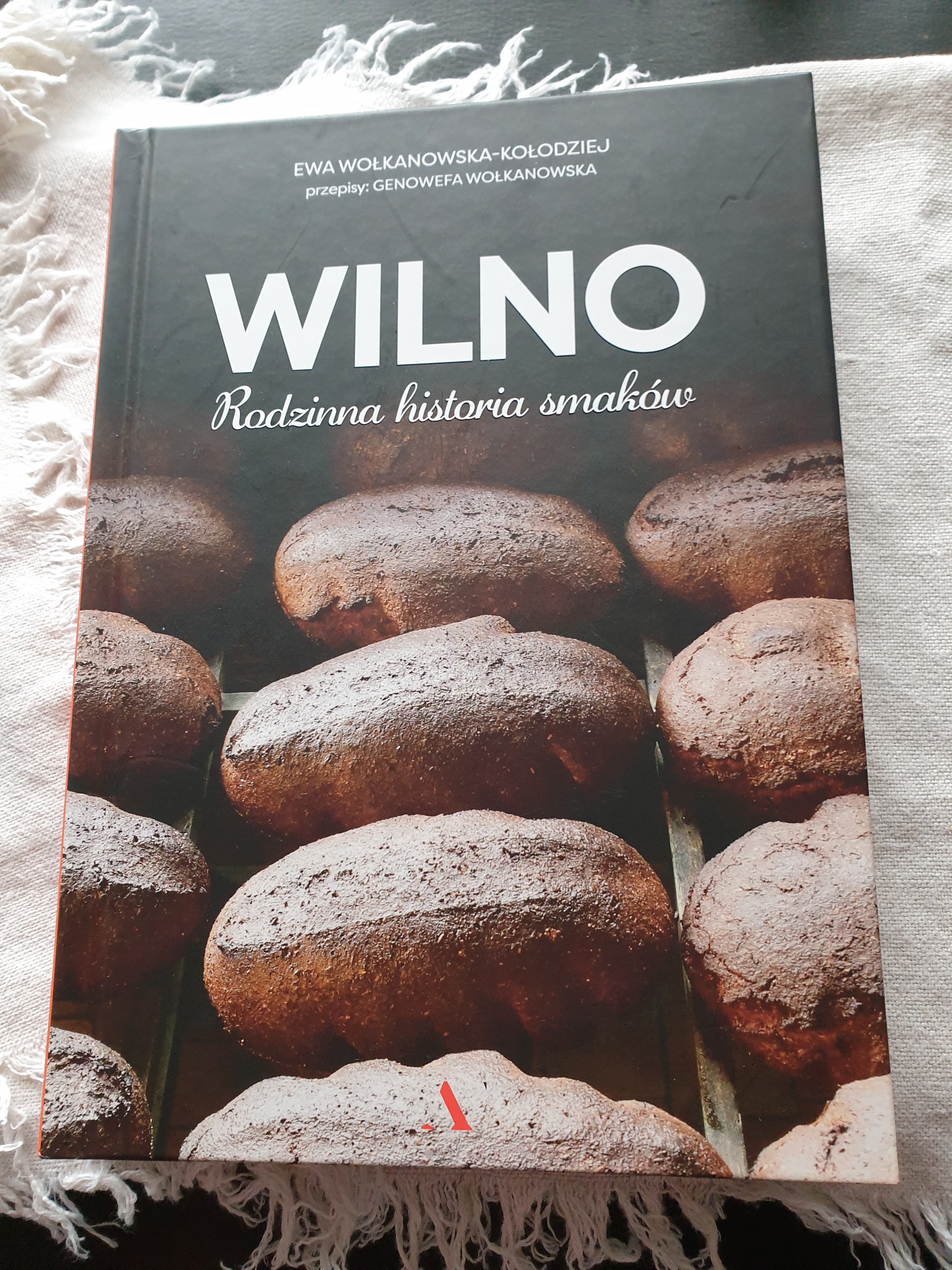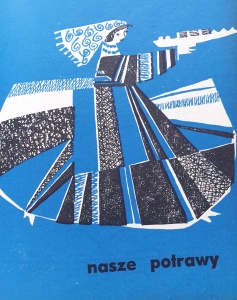Kompot translates as compote but in Poland the word has a slightly different meaning than in the French.
Rather than a dish of stewed fruit it is a refreshing drink made with fruit.
Any seasonal fruit may be used such as:
- raspberries, strawberries, wild berries
- gooseberries, rhubarb
- apples, cherries, plums
- dried fruits can also be used.
- *
- Spices such as cinnamon or cloves can be added.
- Depending on the time of year kompot can be served hot or cold.
- *
- The usual proportion of fruit to water is –
1 kilo of fruit : 2litres of water.
- A little sugar may be added depending on the sweetness of the fruit.
- *
- I was busy this summer making fruit soups and did not make any kompot.
- I have lots of Bramley apples from the garden so decided to use them.
- I had forgotten how refreshing this drink can be.
- *
- I will do other fruit versions next summer and also a dried fruit version later.
- In summer you can use eating apples – very little sugar or no added sugar will be necessary.
Ingredients
- 750g of Bramley apples (or other cooking apples)
- 1½ litres of water
- 1 small stick of cinnamon
- 2-3 tablespoons of granulated sugar
Method
- Put the water into a large saucepan.
- Add a small stick of cinnamon.
- Peel and core the apples.
- Cut the apples into 6 – 8 segments.
- Add the apples to the pan.
- Bring to boil and then simmer for around 5 minutes.
- You do not want the apple to disintegrate.
- Leave to cool slightly.
- Add sugar spoonful by spoonful and check – you do not want too much.
- *
- Served here cold but can also be served warm.
Note
Leave the chunks of fruit at the bottom of the glass or you can eat them with a fork!









































